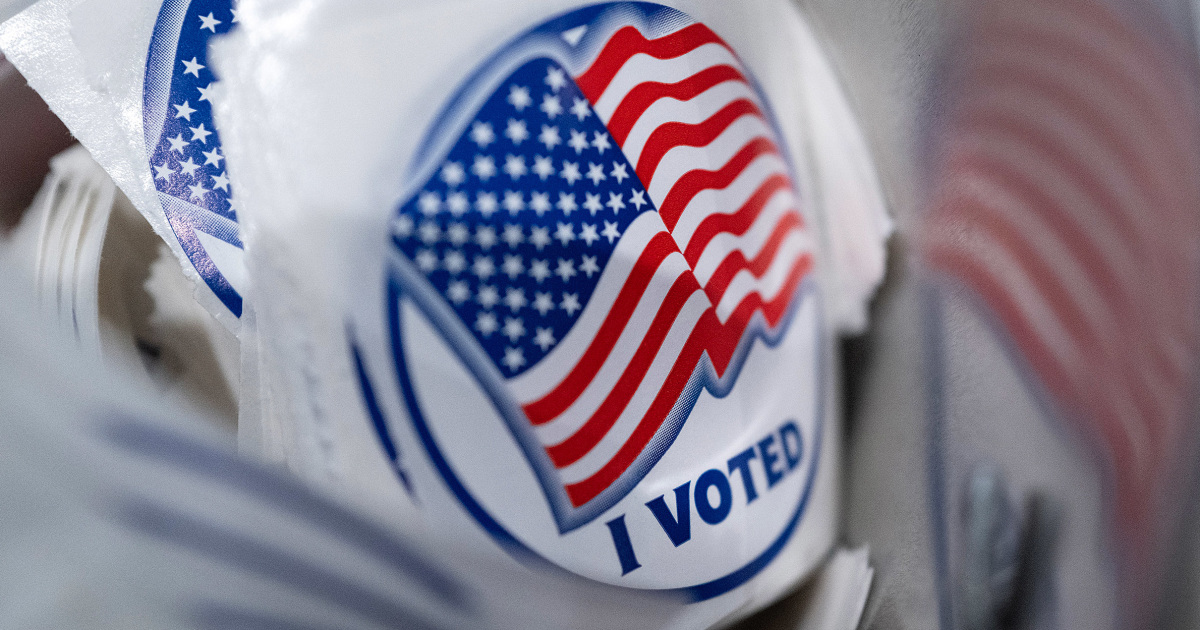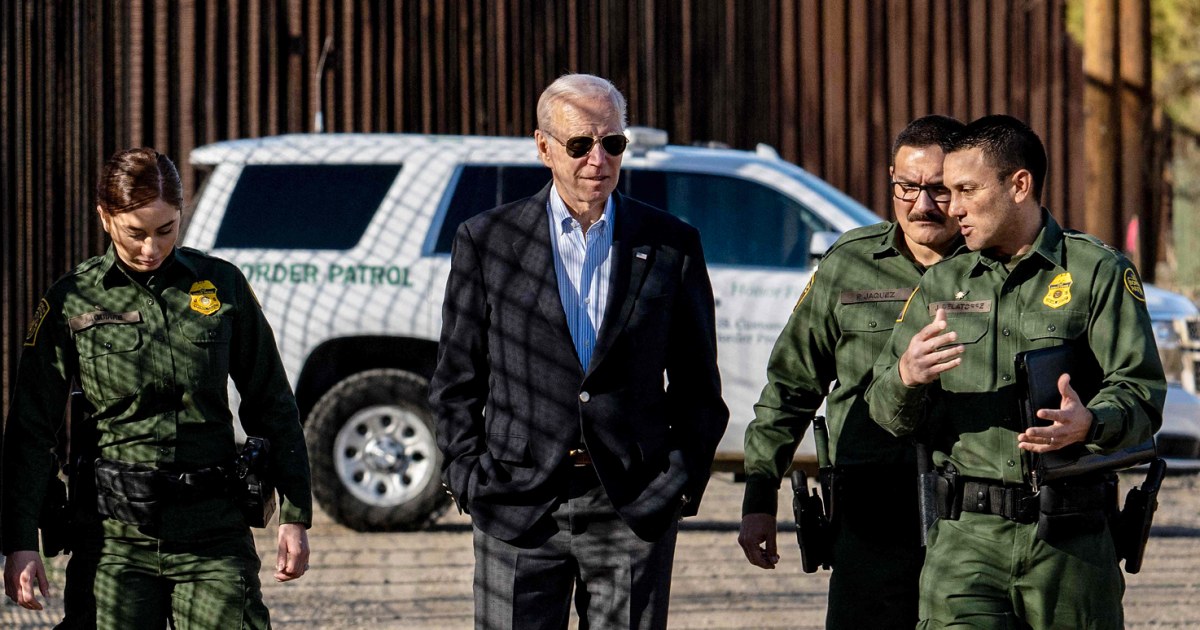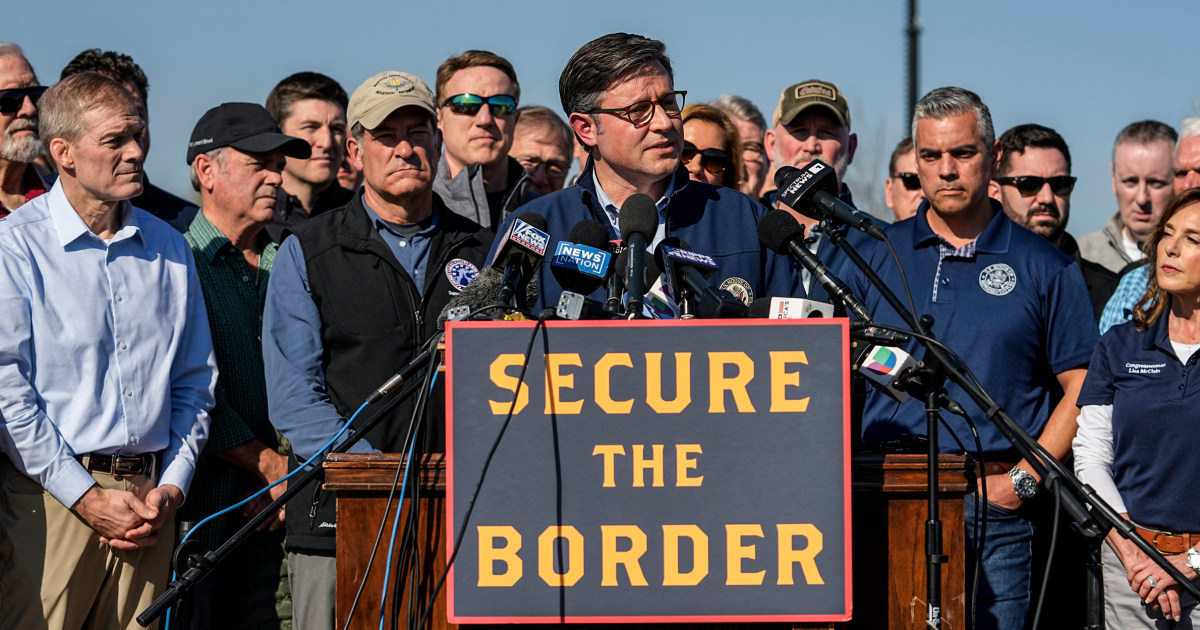The United States military is preparing to launch its secretive X-37B space plane on a seventh mission in orbit.
The uncrewed vehicle, which resembles a miniature space shuttle, is slated to blast off Monday from NASA’s Kennedy Space Center during a 10-minute launch window that opens at 8:14 p.m. ET. The planned liftoff was delayed from Sunday because of bad weather at the Florida launch site.
For the first time, the X-37B will ride into orbit atop a SpaceX Falcon Heavy rocket.
Since its debut more than a decade ago, the X-37B has been a source of intrigue within the space community, mostly owing to the mysterious nature of its activities in low Earth orbit. Despite not knowing its true purpose or location, skywatchers have occasionally spotted and photographed the space plane in the night sky using telescopes.
The U.S. Space Force typically does not disclose the classified aspects of X-37B missions. As such, little is known about the types of activities the robotic vehicle carries out in orbit.
For this upcoming flight, dubbed OTV-7, the X-37B will conduct various tests, including “experimenting with space domain awareness technologies and investigating the radiation effects to NASA materials,” according to the Space Force.
On the X-37B’s last mission, which spanned 908 days in orbit, the space plane lifted off aboard a SpaceX Falcon 9 rocket. Before that, the vehicle rode to space five times on United Launch Alliance’s Atlas V rockets. The Falcon Heavy booster is significantly more powerful than both, allowing the X-37B to operate in “new orbital regimes,” Space Force officials said in a statement.
It’s not known how long the X-37B will remain in space, or where and at what altitude it will ultimately orbit.
The military is tight-lipped about such operations, but the Space Force said the X-37B missions “are key to ensuring safe and responsible operations in space for all users of the space domain.”
“This seventh flight of the X-37B continues to demonstrate the innovative spirit of the United States Space Force,” Air Force Secretary Frank Kendall said in a statement.
The mini space plane was built by Boeing and measures about 29 feet long. Like NASA’s space shuttles, the X-37B is designed to return to Earth and land on a runway.
The vehicle launched on its first mission in 2010 and has since logged 3,774 days in orbit over six flights.
On previous outings, Space Force officials said the X-37B’s civilian science experiments included tests of technology to harness solar energy and transmit power to the ground, as well as experiments on how organic materials fare when exposed to the environment of space for long periods of time.











